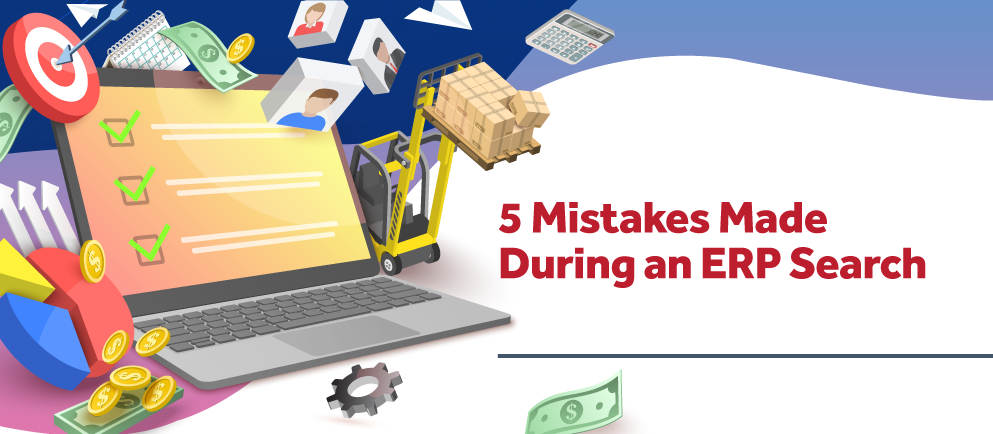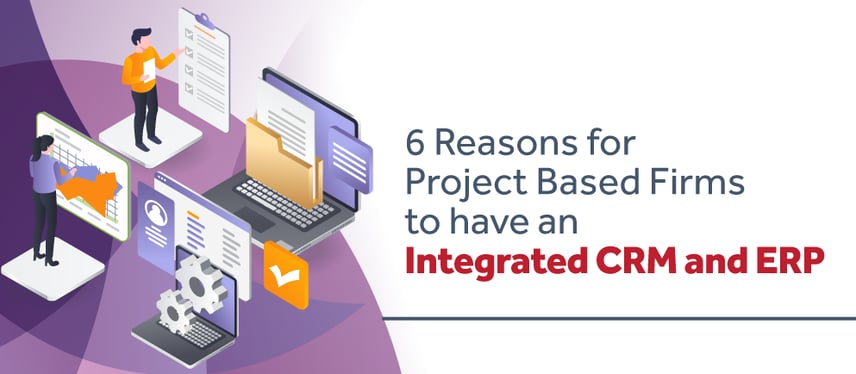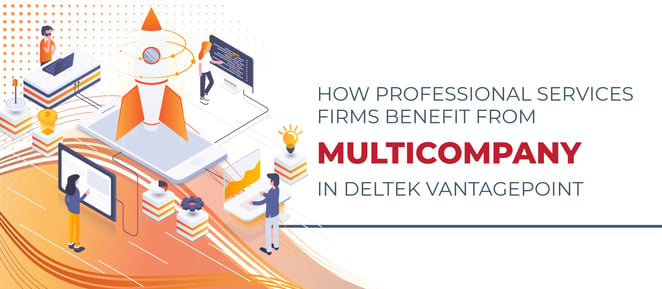Hosting Solutions for the Agile Workforce: Remote Access, Security, and Scalability

The way we work has changed and looks very different than it did even just a decade ago. Teams are no longer tied to one office or one location, and many employees are collaborating from home, on project sites, and even across the world. While this shift has opened exciting opportunities such as new levels of productivity and talent reach, it also creates unique challenges around data access, security, and system performance leading management to ask, “How can firms keep everyone connected, secure, and equipped to grow?”
That’s where cloud hosting solutions come in. By moving your firm’s systems and data to the cloud, you can give your teams the secure access they need, while ensuring your business is ready to scale as it grows.
Secure Access from Anywhere
One of the most critical requirements for today’s workforce is the ability to access information and applications from any location. In today’s business environment, flexibility is key. Cloud hosting allows employees to log in securely whether they’re in the office, on the road, or at a client site. Instead of being limited to a single computer or network, your team can access the tools and information they need whenever and wherever they’re working.
For executives, this also means more reliable visibility into project performance and financials. Leaders can access dashboards, reports, and KPIs in real time—without waiting for updates from siloed systems. That level of access supports faster decision-making, better client responsiveness, and stronger competitive positioning.
Protecting What Matters Most
Security is not optional—it’s essential. Cybersecurity threats are a concern for every business, and for good reason. Cloud hosting providers offer layers of protection that go far beyond what most firms can maintain on their own, including firewalls, intrusion detection systems, and continuous monitoring. By leveraging a cloud hosting solution, firms can confidently protect client data and proprietary information, meeting both internal security needs and regulatory requirements. This means peace of mind for executives and confidence for your clients.
For IT managers, cloud hosting also provides access to enterprise-grade security tools without the burden of managing them in-house. Routine patches, threat detection, and compliance audits are handled by experts, reducing risk while freeing up valuable internal resources.
Effortless Scalability
Growth brings opportunity—and technical demands. Adding new staff, projects, or locations can put strain on in-house systems. As your firm takes on new projects or adds more staff, your technology needs to grow too. With cloud hosting, scaling is simple. You can quickly add capacity or users without having to purchase new servers or go through complicated system upgrades. It’s a solution designed to grow with your business, not hold it back.
This agility is especially valuable for project-based firms that experience seasonal or project-driven fluctuations in demand. The ability to scale up or down ensures resources are used efficiently, helping to maximize profitability while supporting business expansion.
Simplifying IT Management
Managing IT infrastructure in-house can be expensive and time-consuming. Cloud hosting shifts that responsibility to the hosting provider. With cloud hosting, firms no longer need to budget for costly servers, hardware upgrades, or extensive onsite IT staff. The hosting provider is the one that will handle updates, maintenance, and troubleshooting, so your team can focus on serving clients and growing the business.
For executives, the predictable monthly cost structure provides budgeting clarity, while IT leaders benefit from being able to redirect their focus from “keeping the lights on” to more strategic initiatives like digital transformation and data analytics.
Making the Move with Confidence
For firms embracing remote teams and distributed project sites, cloud hosting is more than just a technology upgrade—it’s a strategic investment. By delivering secure remote access, protecting what matters most, and offering effortless scalability, hosting solutions empower the agile workforce to thrive in a fast-paced, evolving business environment.
Whether you’re an executive looking for business continuity and growth or an IT manager seeking operational efficiency and reduced risk, cloud hosting positions your firm to meet today’s demands—and tomorrow’s opportunities.
Ready to explore how Deltek Cloud hosting can support your firm’s future?
Take the first step today by filling out our Cloud Conversion Interest Form. Our team will help you evaluate your options and build a secure, scalable path forward.



















